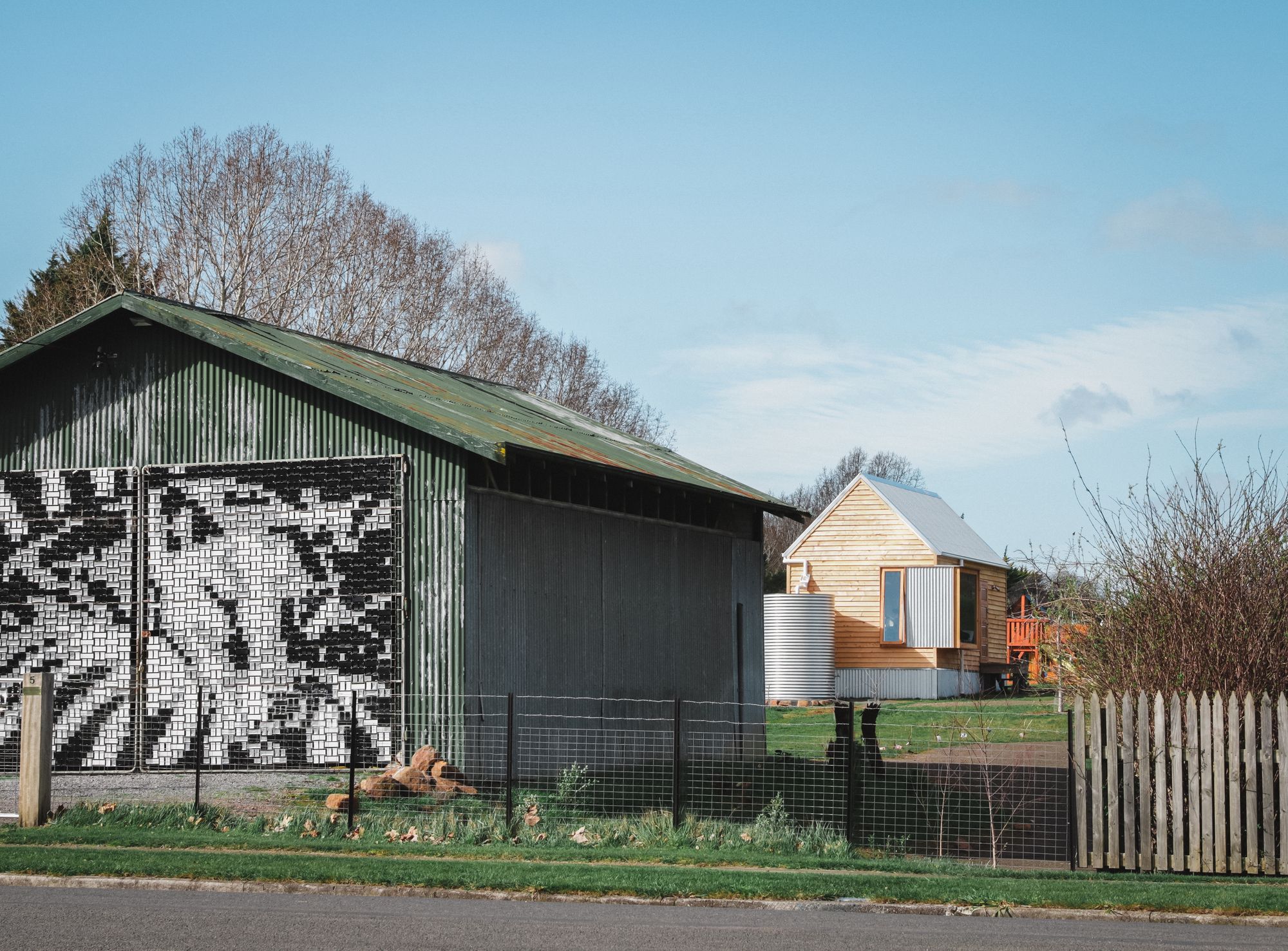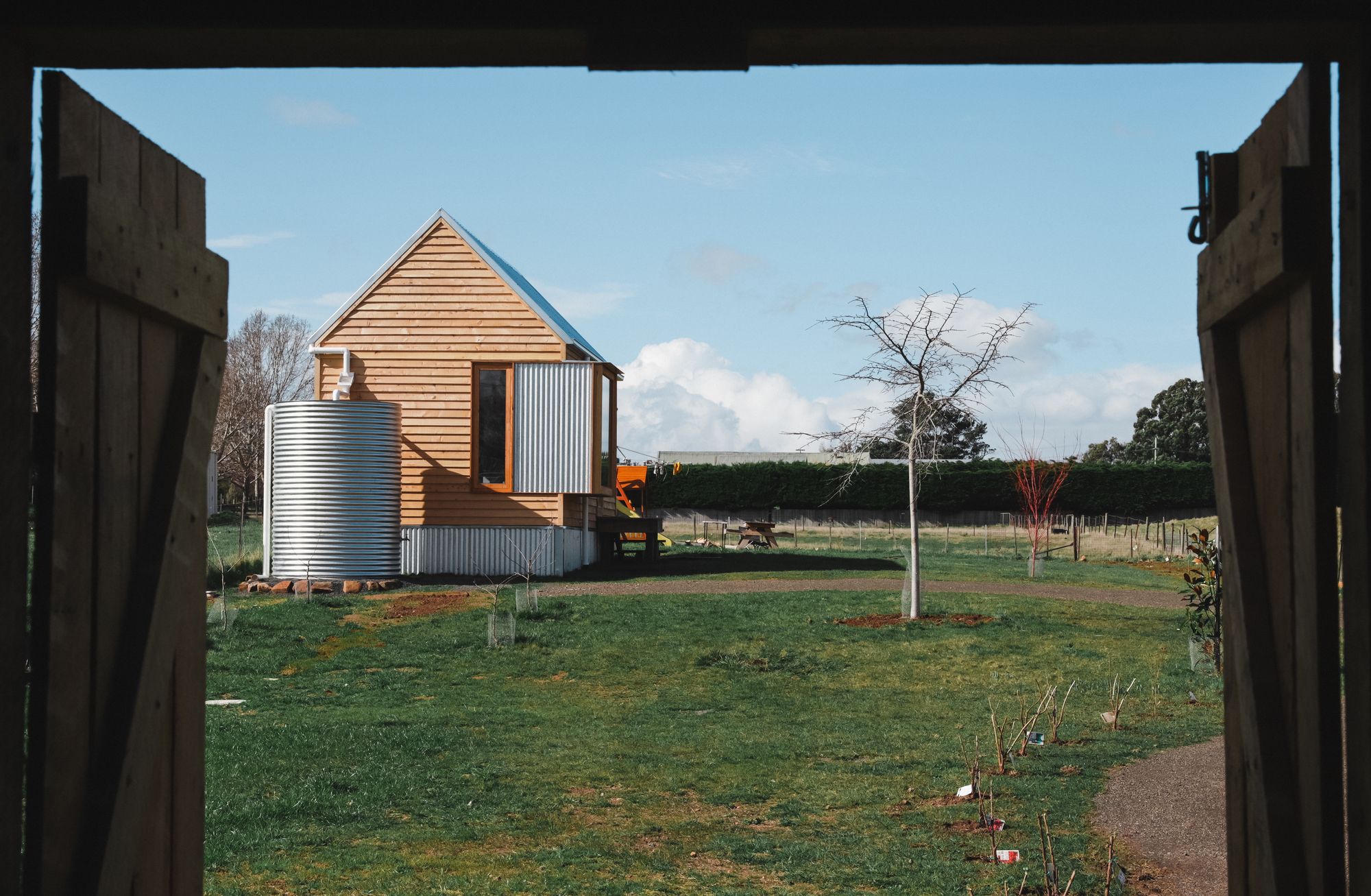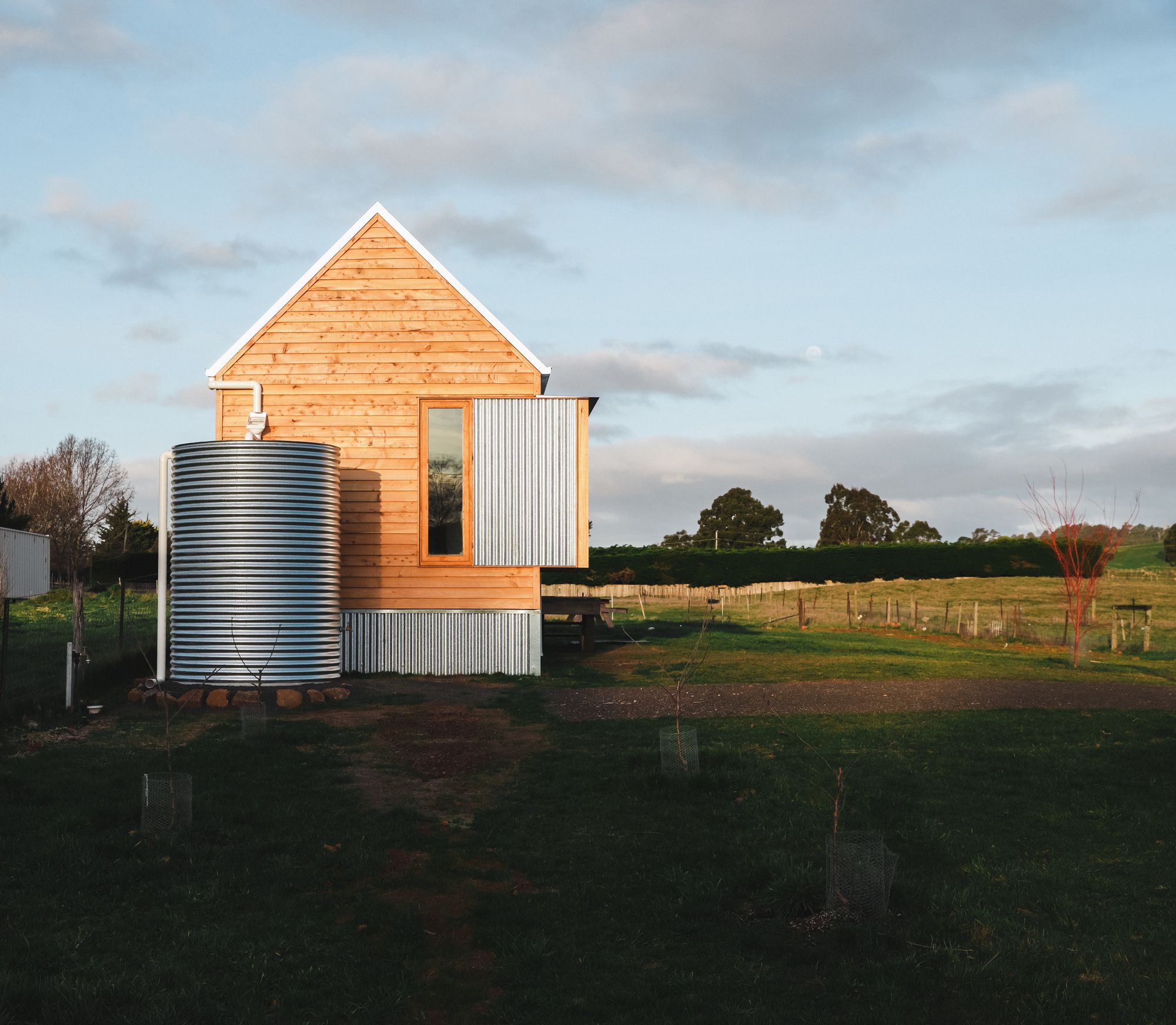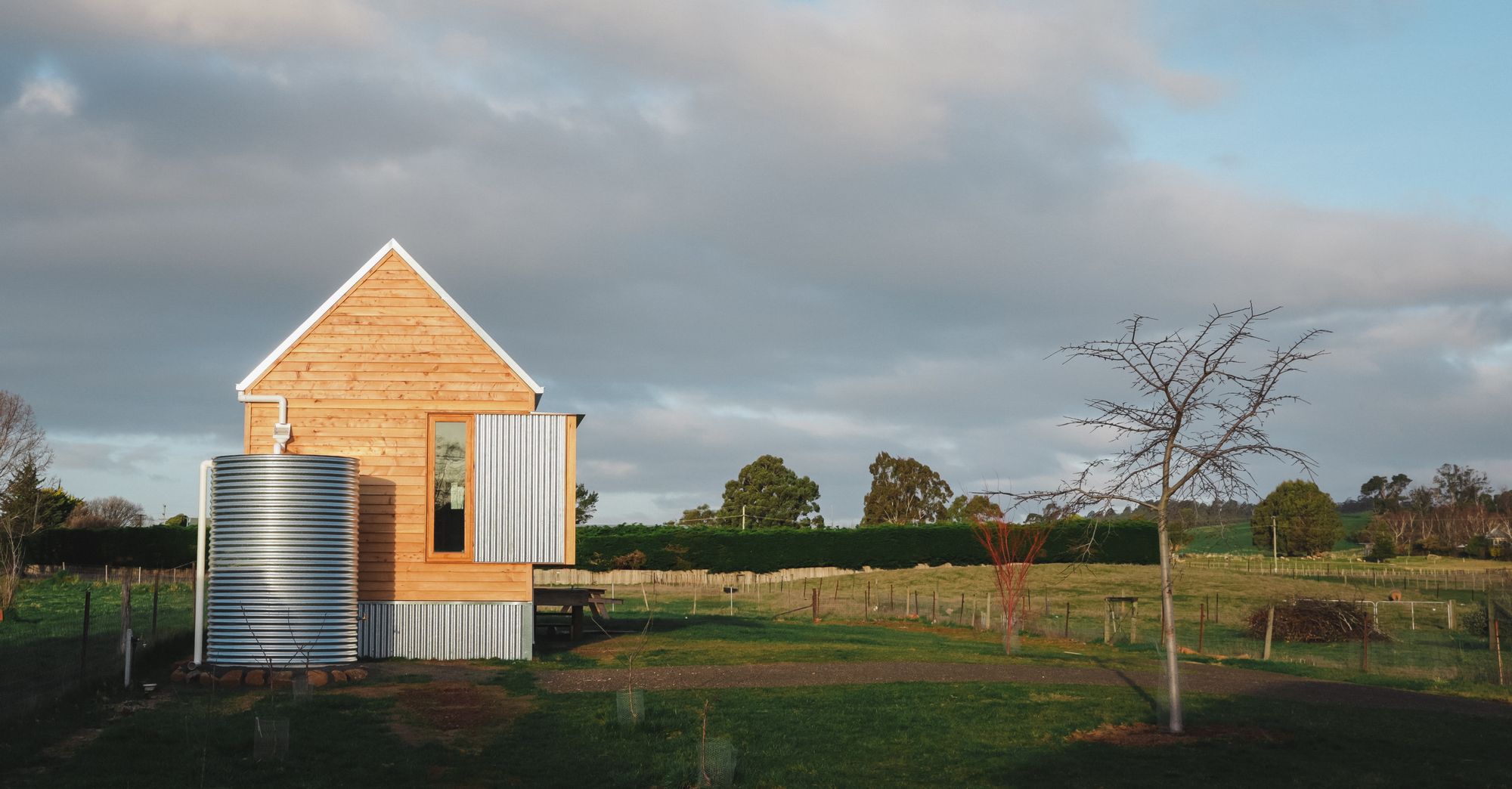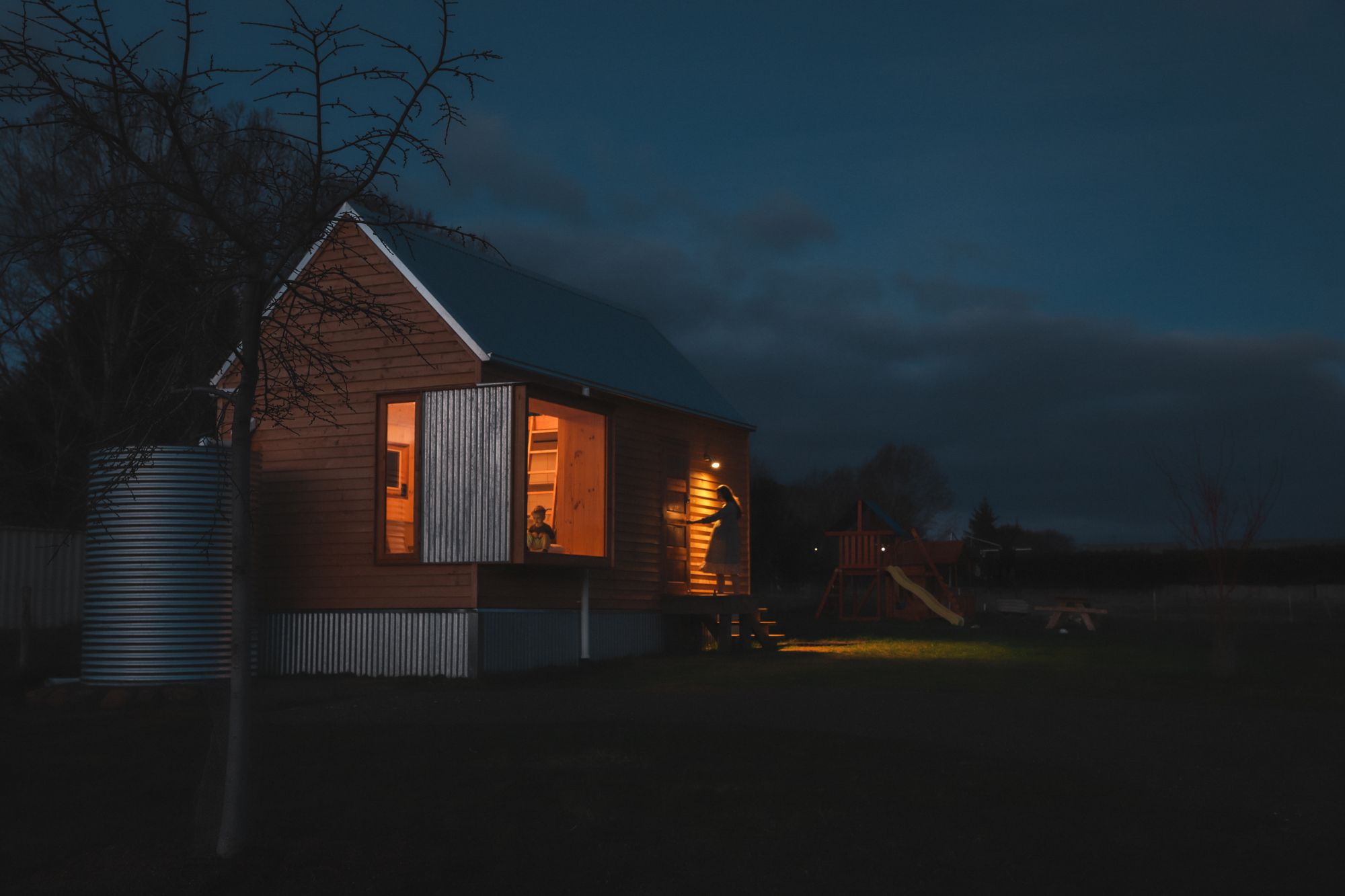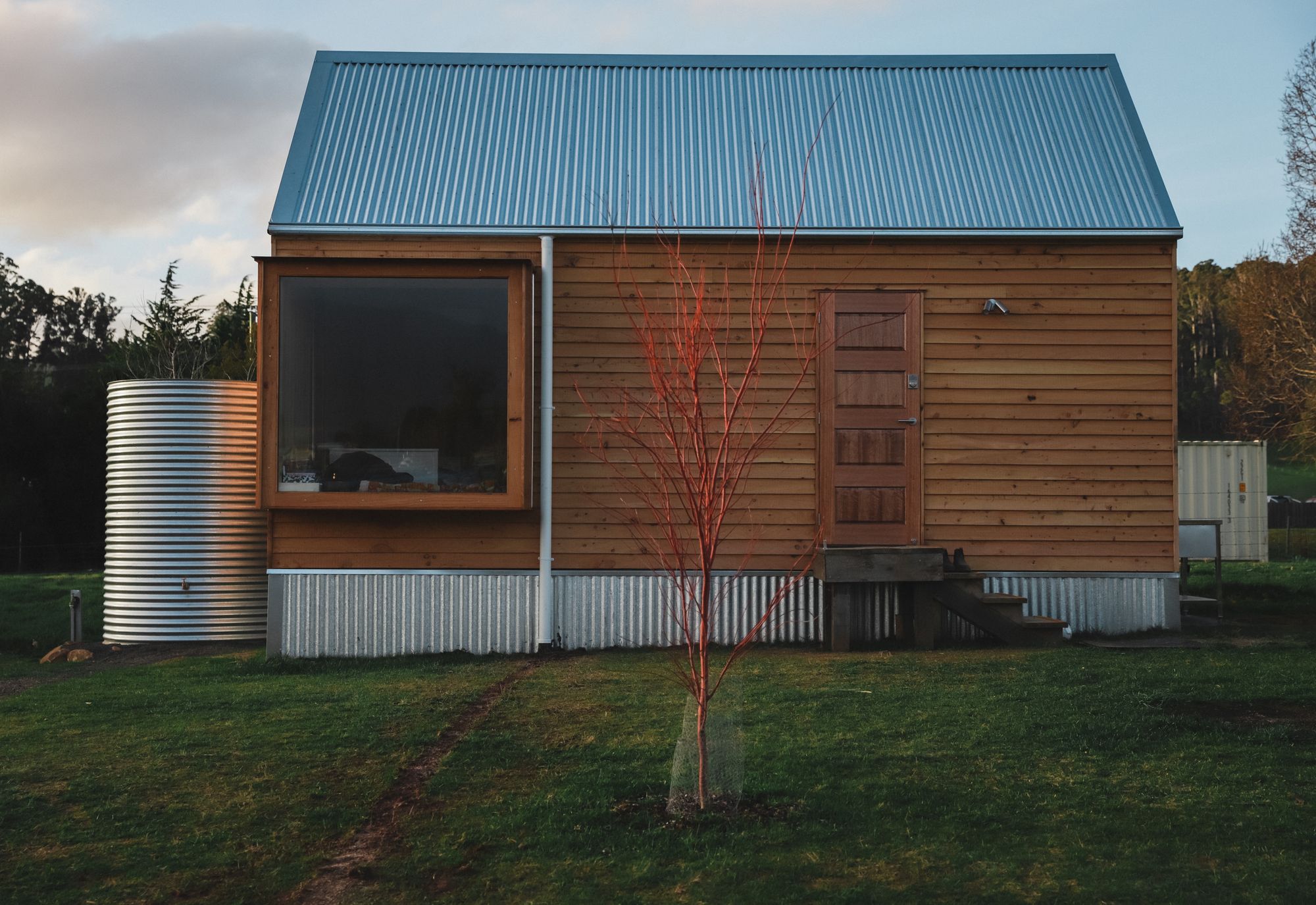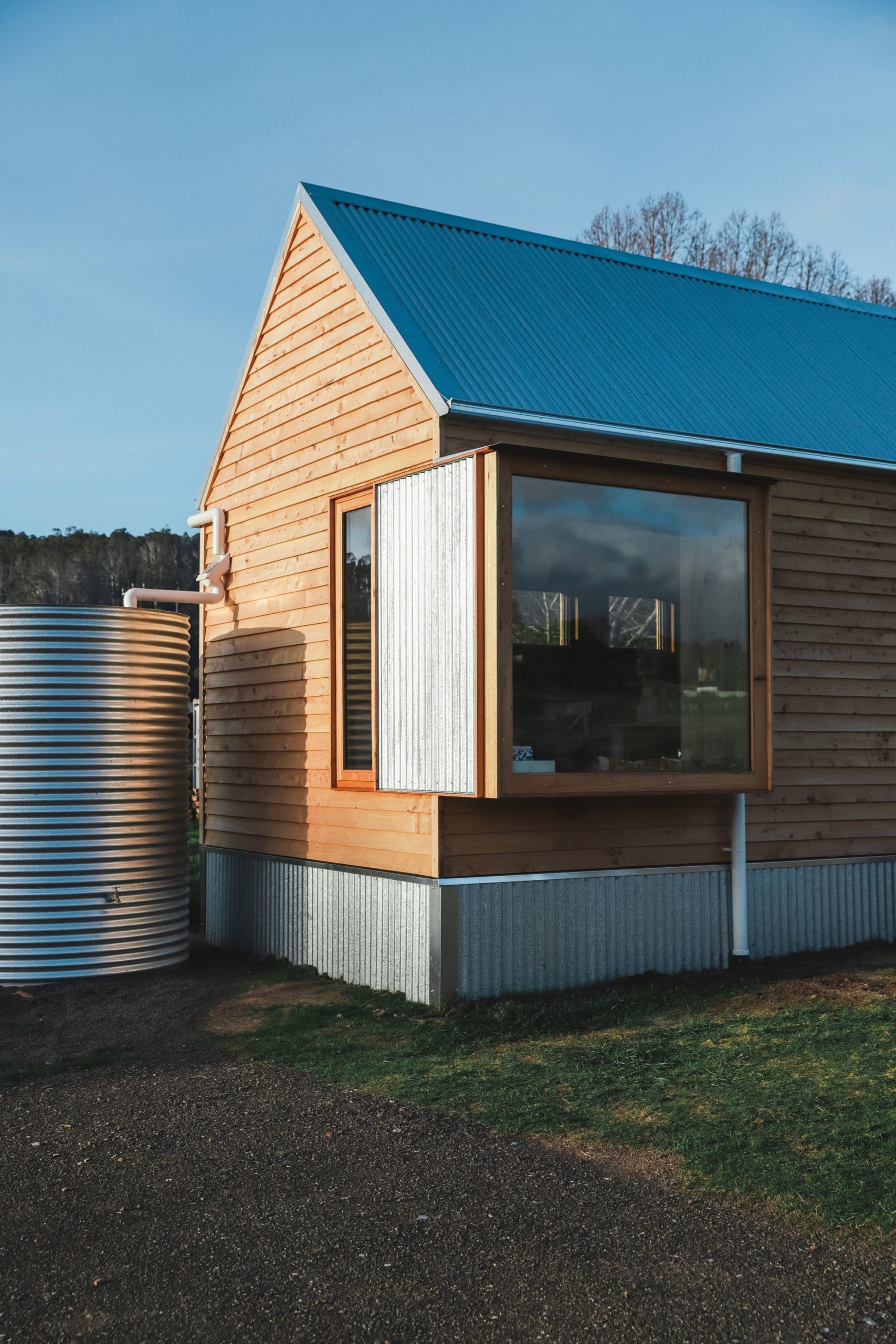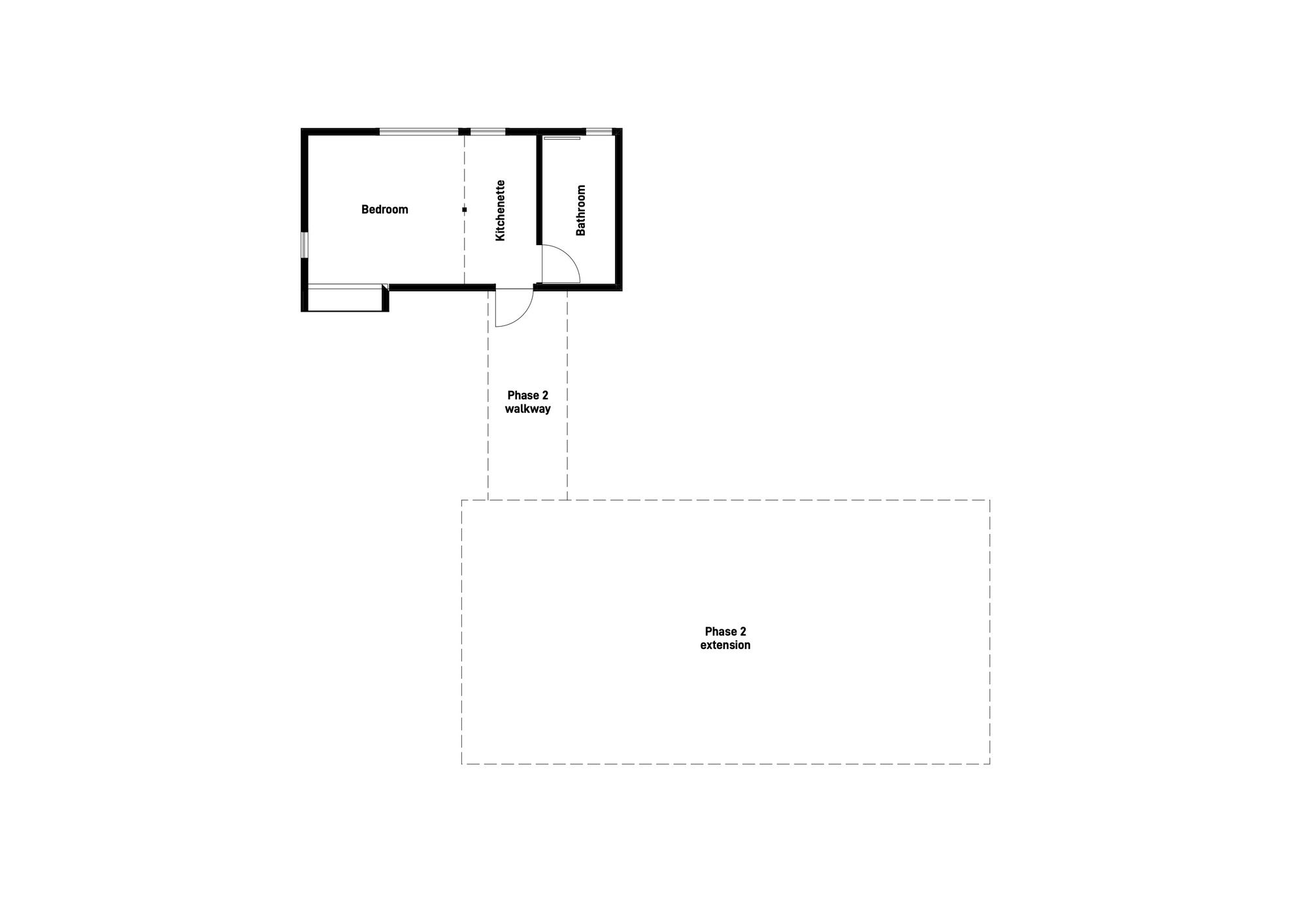Australia, like most of the world, is in the midst of housing and environmental crises. The Tasmanian House is an attempt to address contemporary problems with a combination of traditional and innovative approaches.
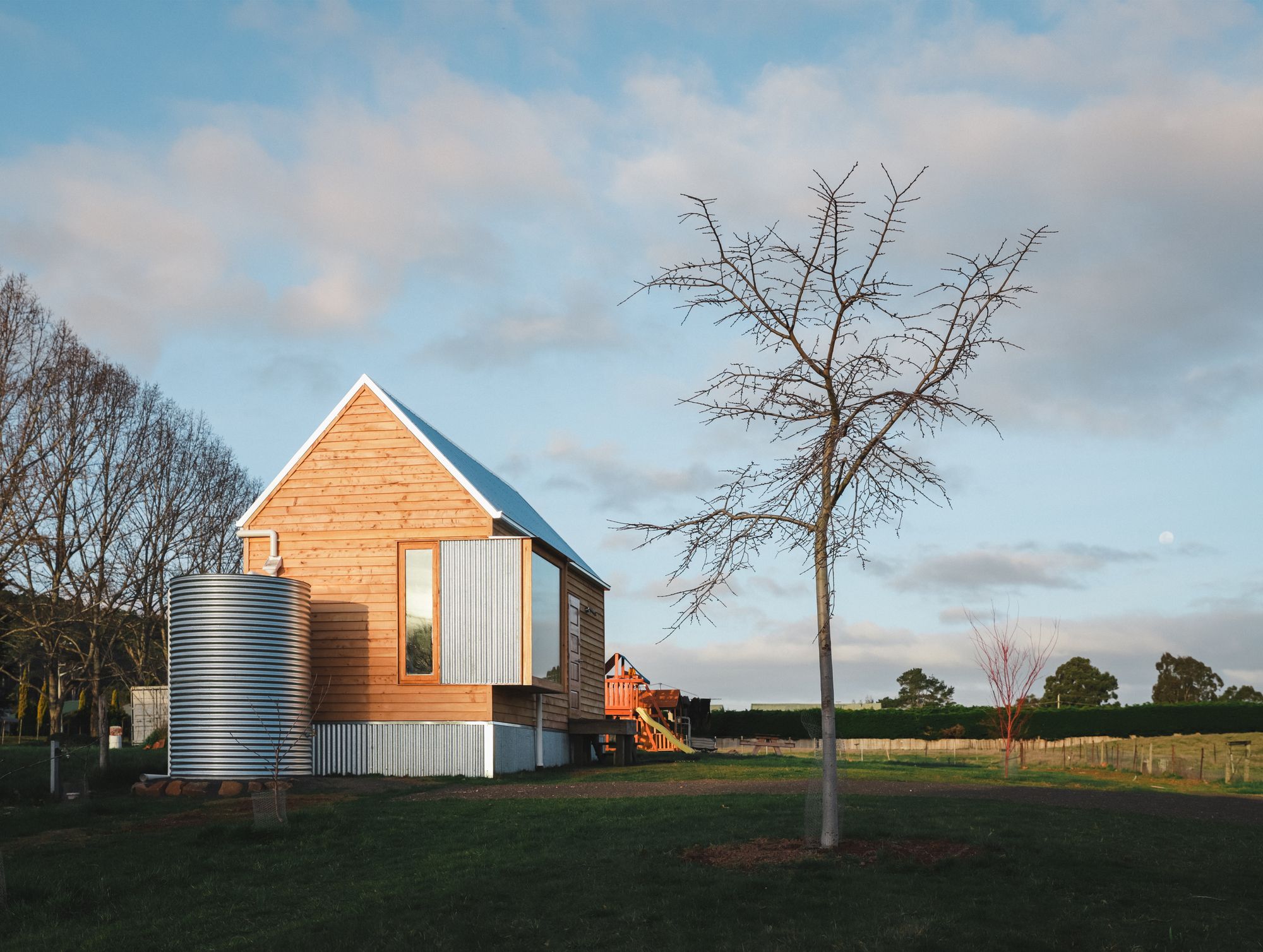
© Sasha Lev
The core of the building’s design is the notion of locality, regionality, and “Tasmanianness”. The design language of this modest private residence represents a contemporary interpretation of what the architect believes to be the most beautiful and appropriate of Tasmanian precedents: the Georgian period vernacular.
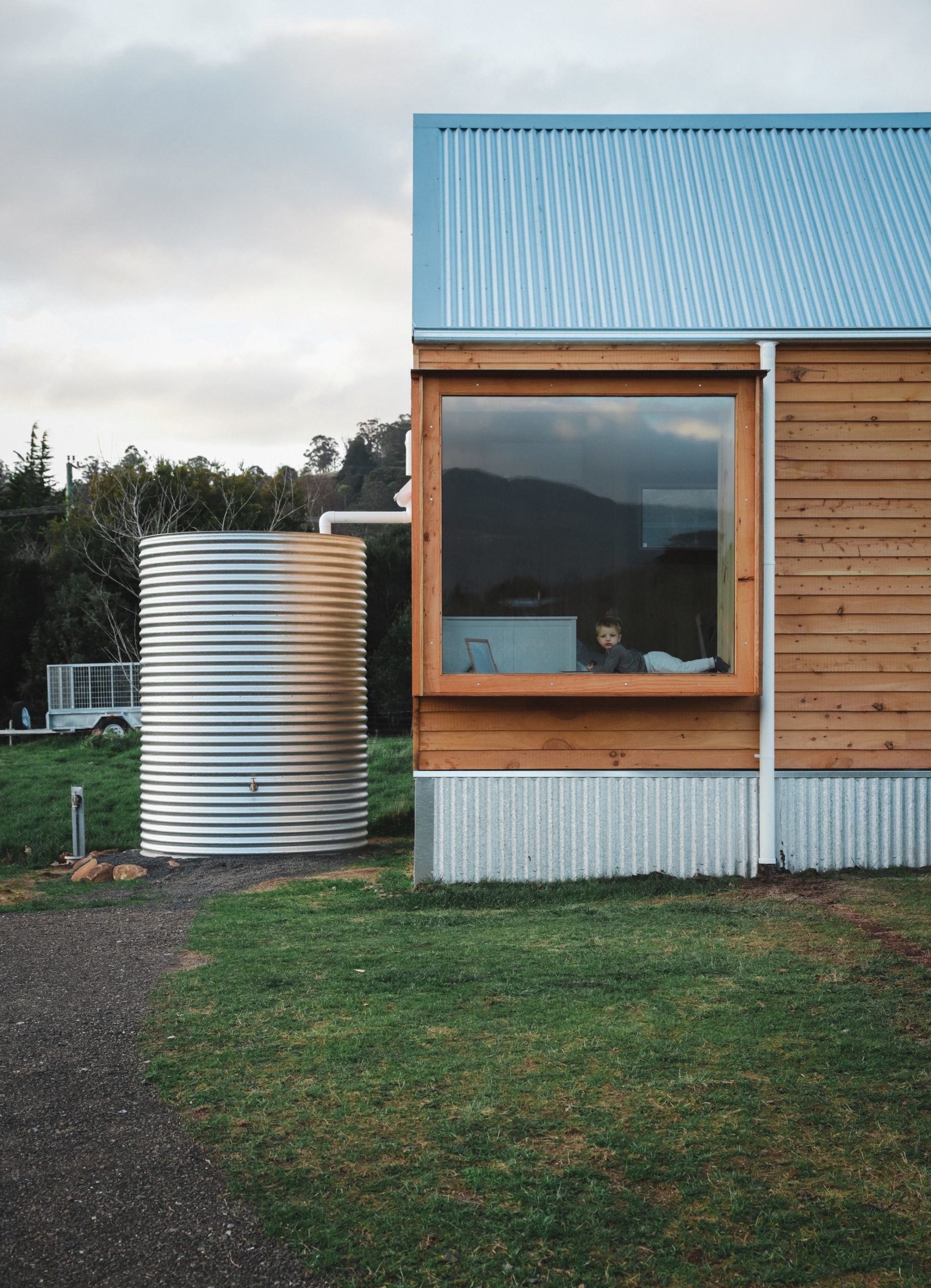
© Sasha Lev
To the maximum extent possible the building utilizes raw, untreated, and locally sourced materials, such as sustainably sourced native and plantation timbers or sheep wool insulation. Paints and chemical treatments were avoided entirely. The use of synthetic materials was minimized to bare compliance with the Australian Building Code. If furniture and few other components are removed, the building can freely decompose and eventually become a certifiable organic garden.
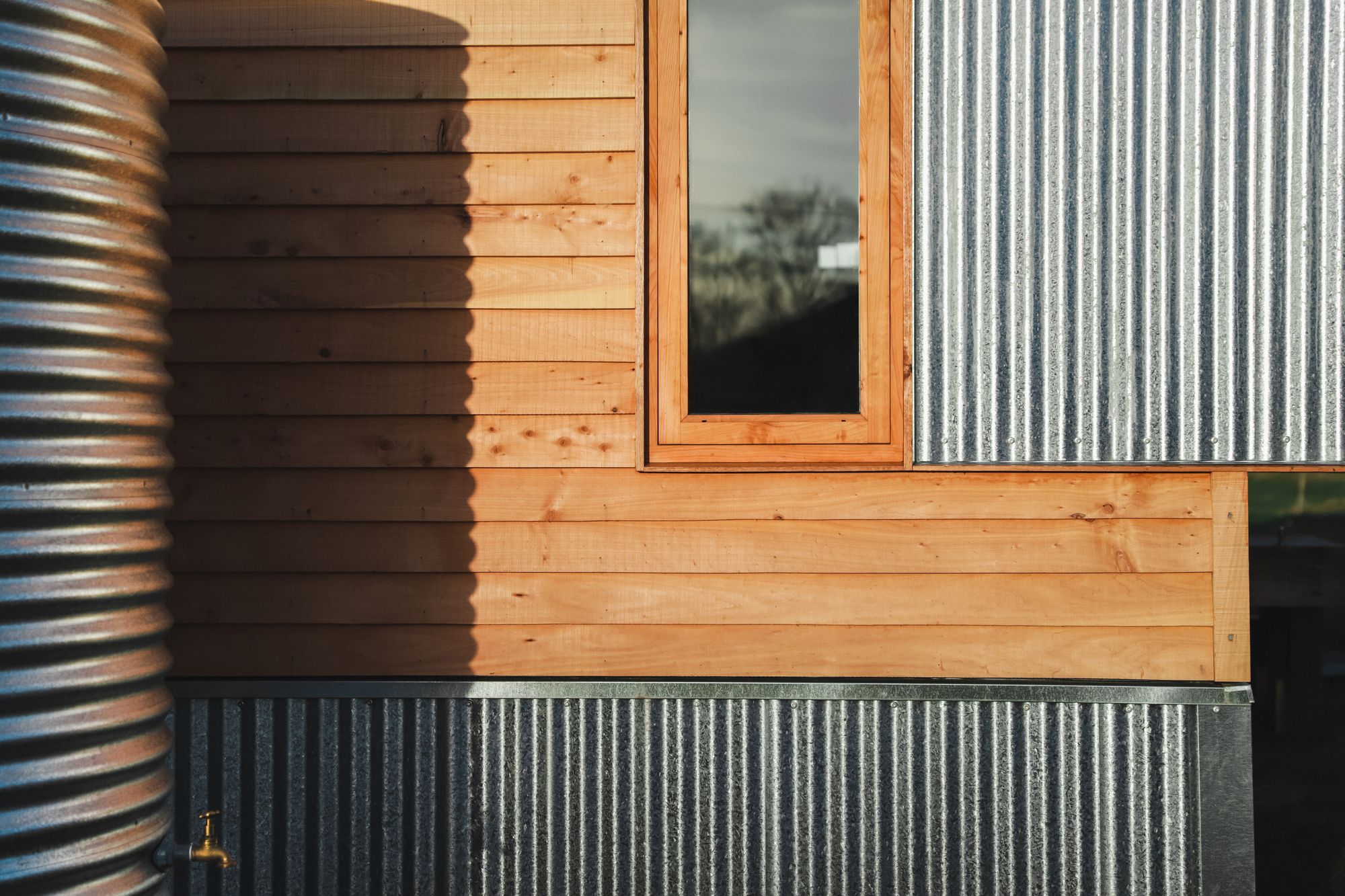
© Sasha Lev
This small cabin represents the first phase of a larger pavilion house, designed to exist comfortably either as one or two independent residential units: a studio and a two-bedroom family home, each opening into its own private garden. The units will be connected with a partly glazed cloister, also serving as a windbreak and visual screen.
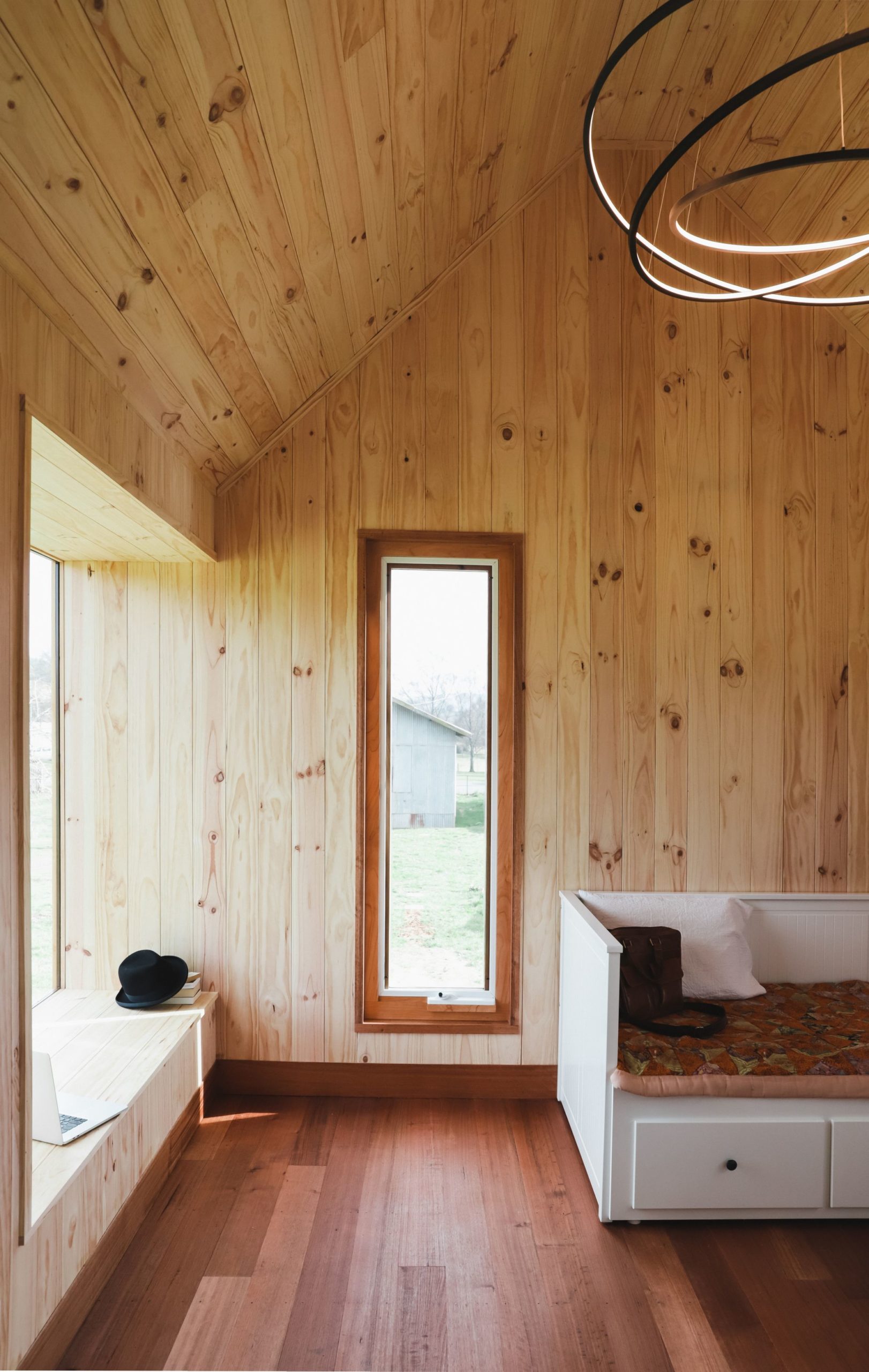
© Sasha Lev
The project was built commercially at a cost equivalent to a budget off-the-shelf house, reflecting typical Tasmanian inventiveness and ability to make the most out of quite a little.
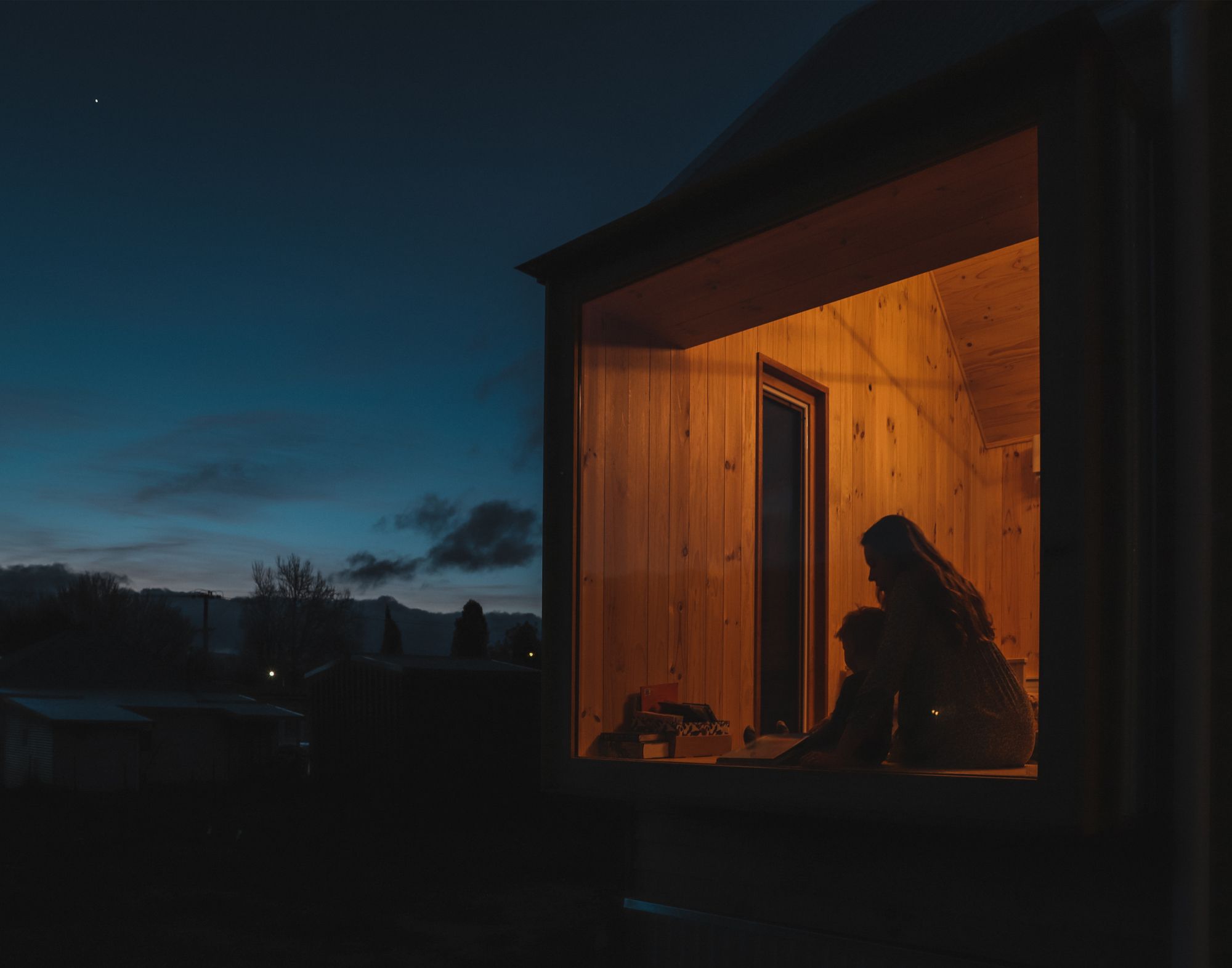
© Sasha Lev
The building demonstrates the ability of the island state to be wholly self-sufficient in bulk construction materials and it serves as an easily replicable prototype of an affordable, debt-free, locally sourced, and delivered housing model.
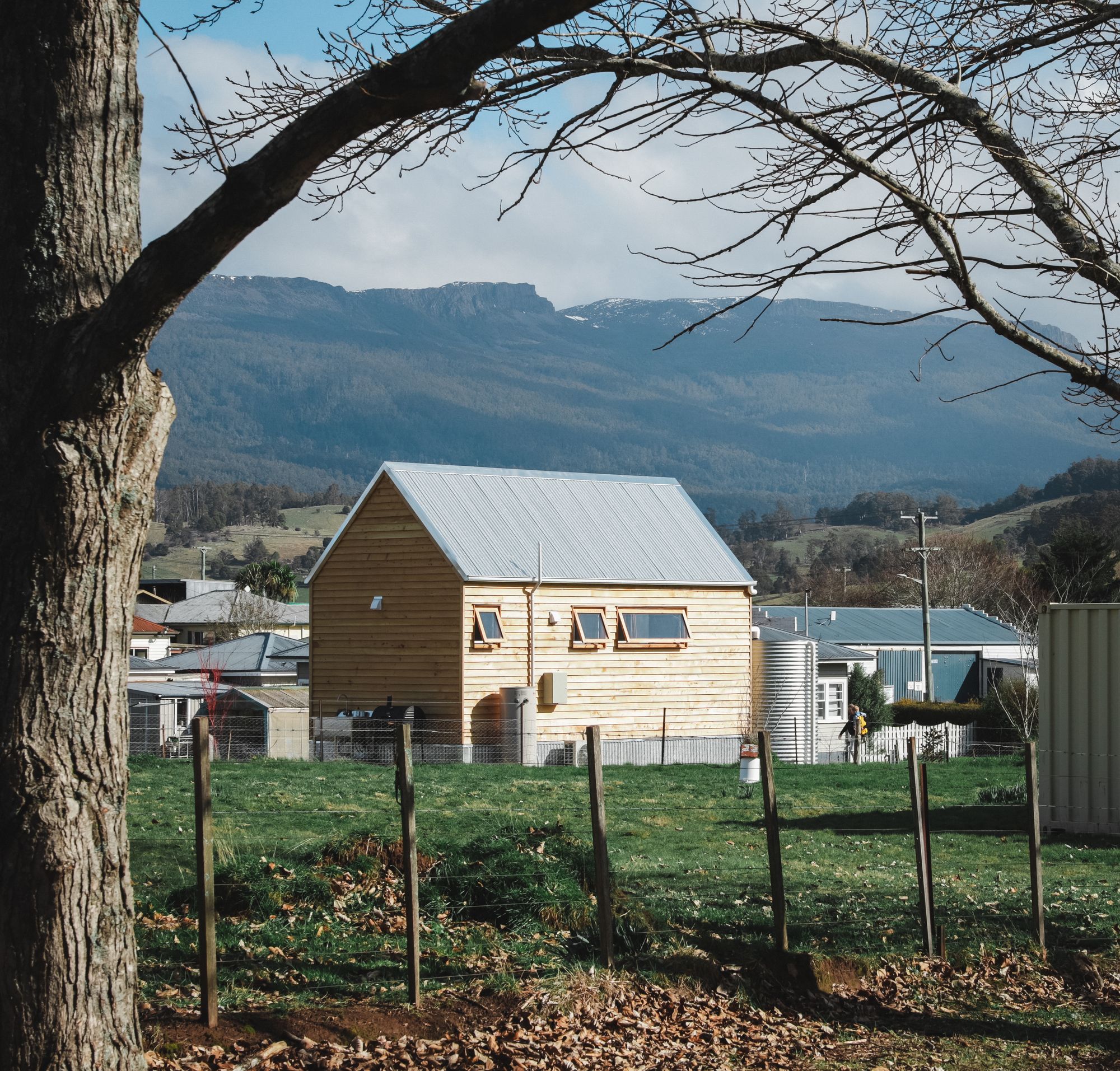
© Sasha Lev
Project Info:
Architects: Atelier Jiri Lev
Location: Australia
Area: 26 m²
Project Year: 2021
Photographs: Sasha Lev
© Sasha Lev
© Sasha Lev
© Sasha Lev
© Sasha Lev
© Sasha Lev
© Sasha Lev
© Sasha Lev
© Sasha Lev
© Sasha Lev
© Sasha Lev
© Sasha Lev
© Sasha Lev
© Sasha Lev
Floor plan


